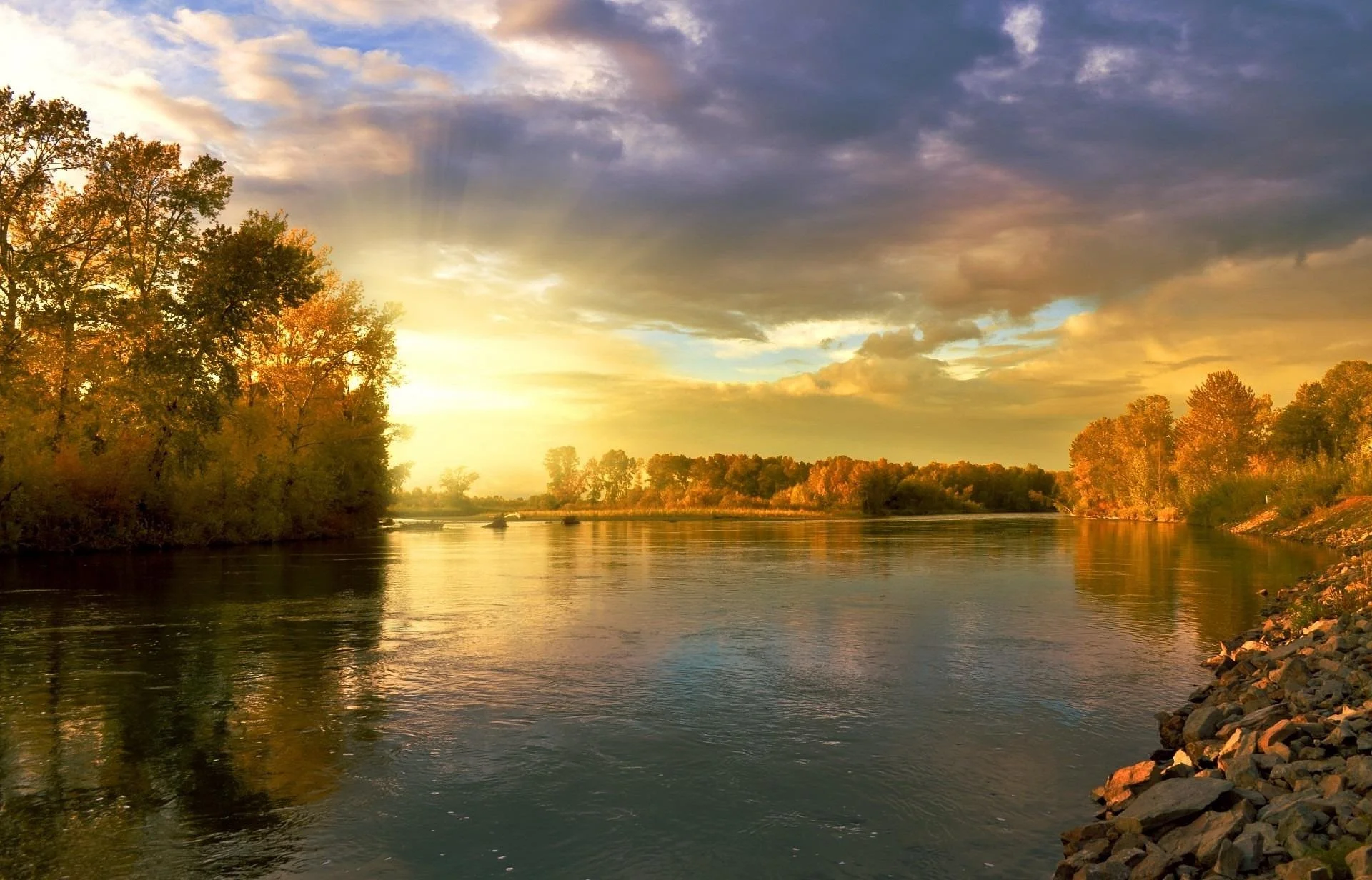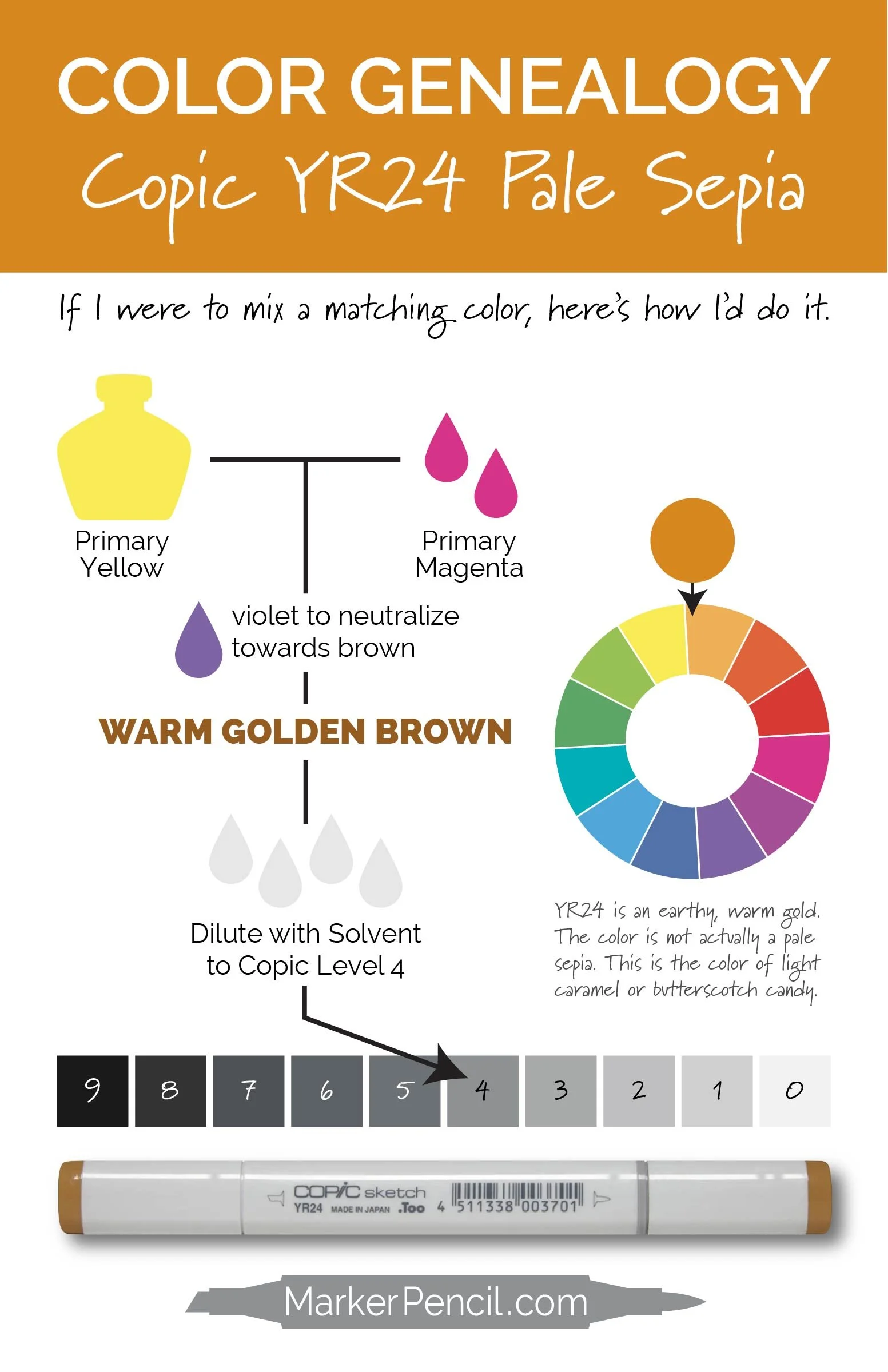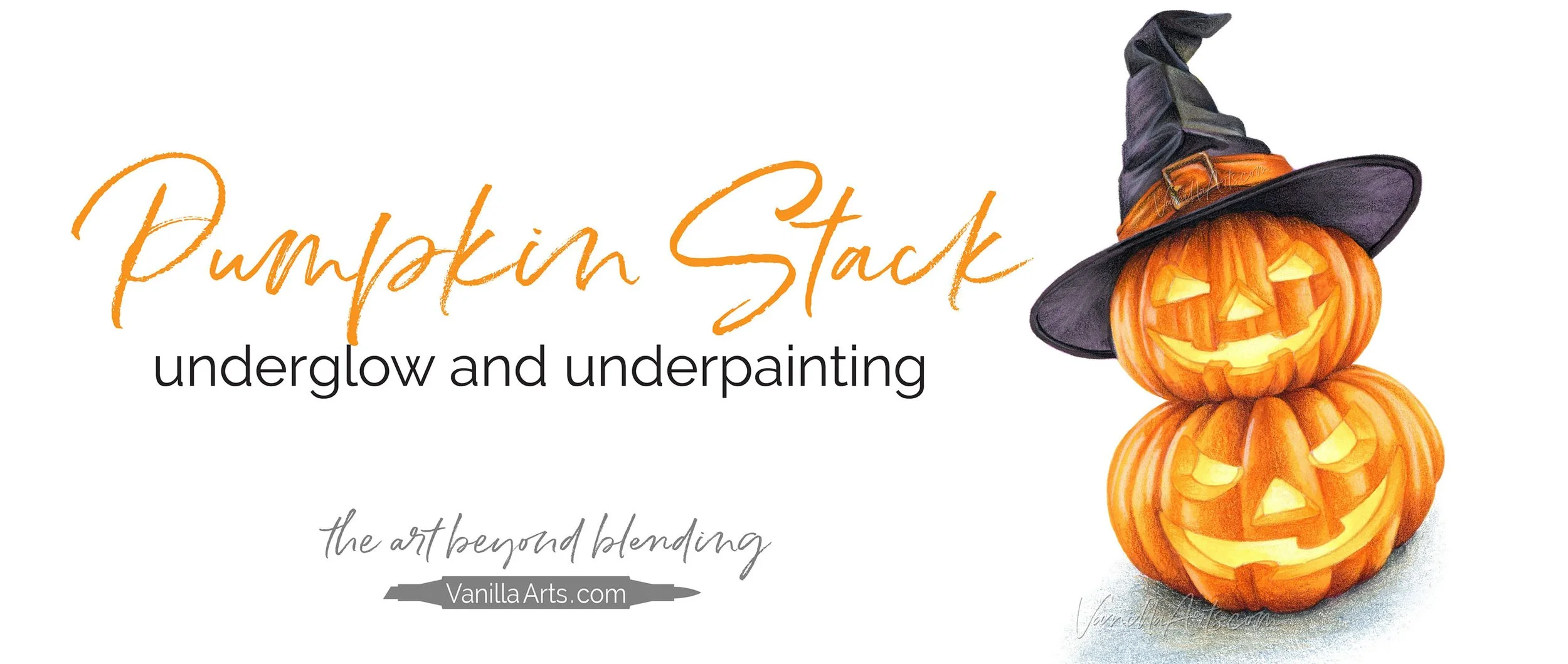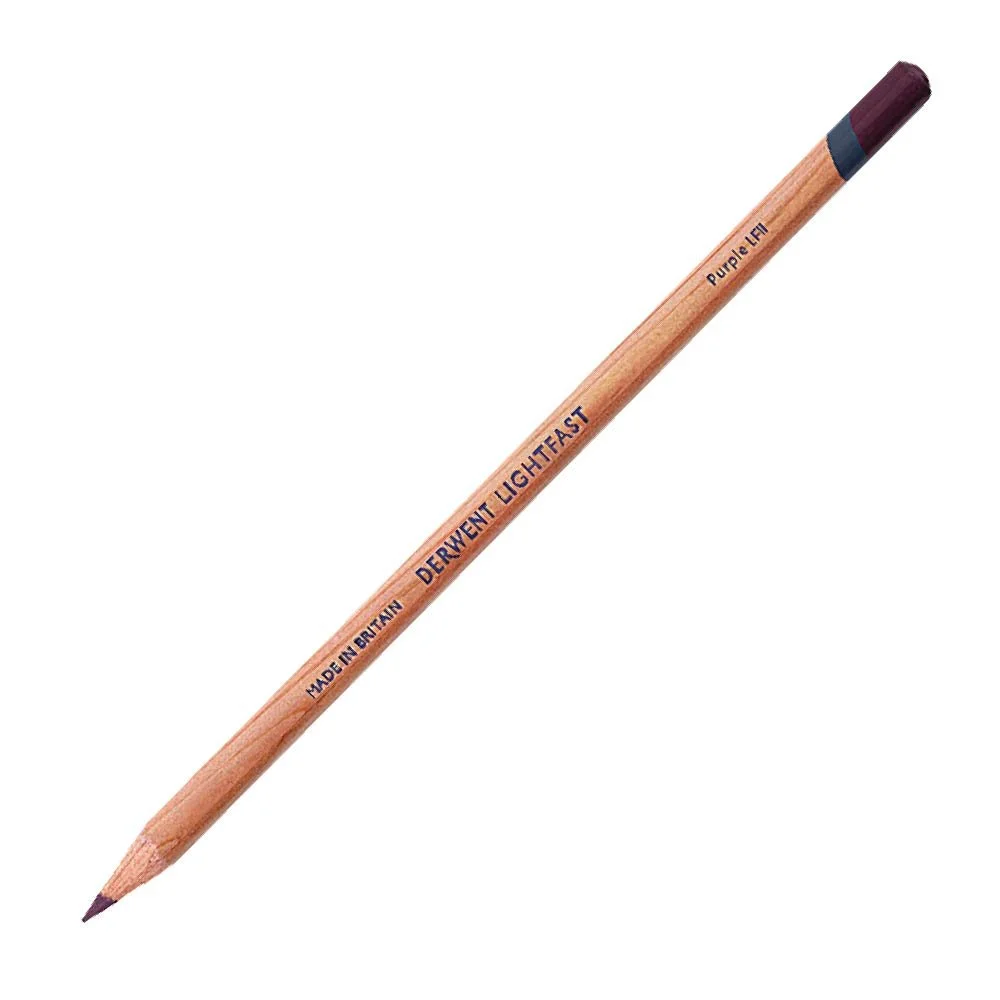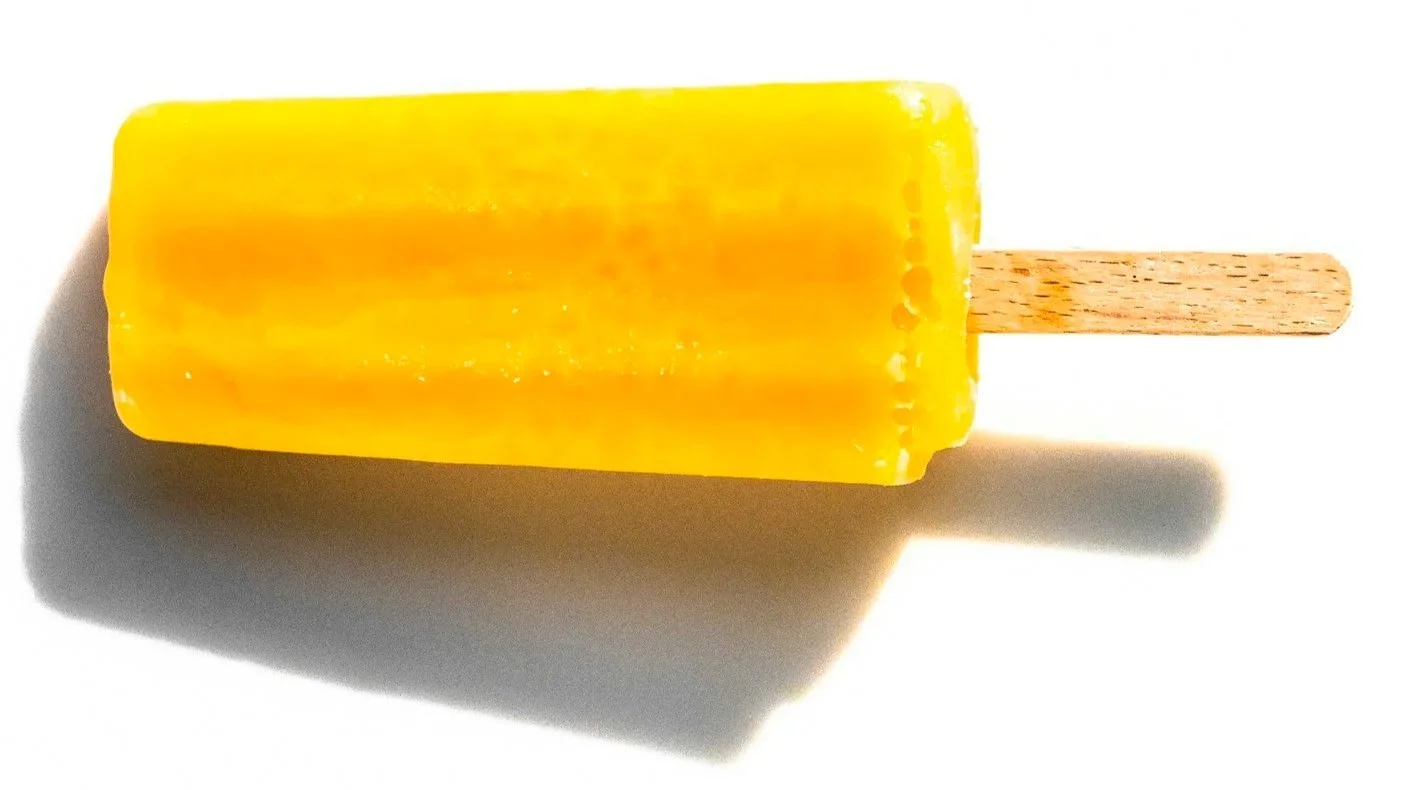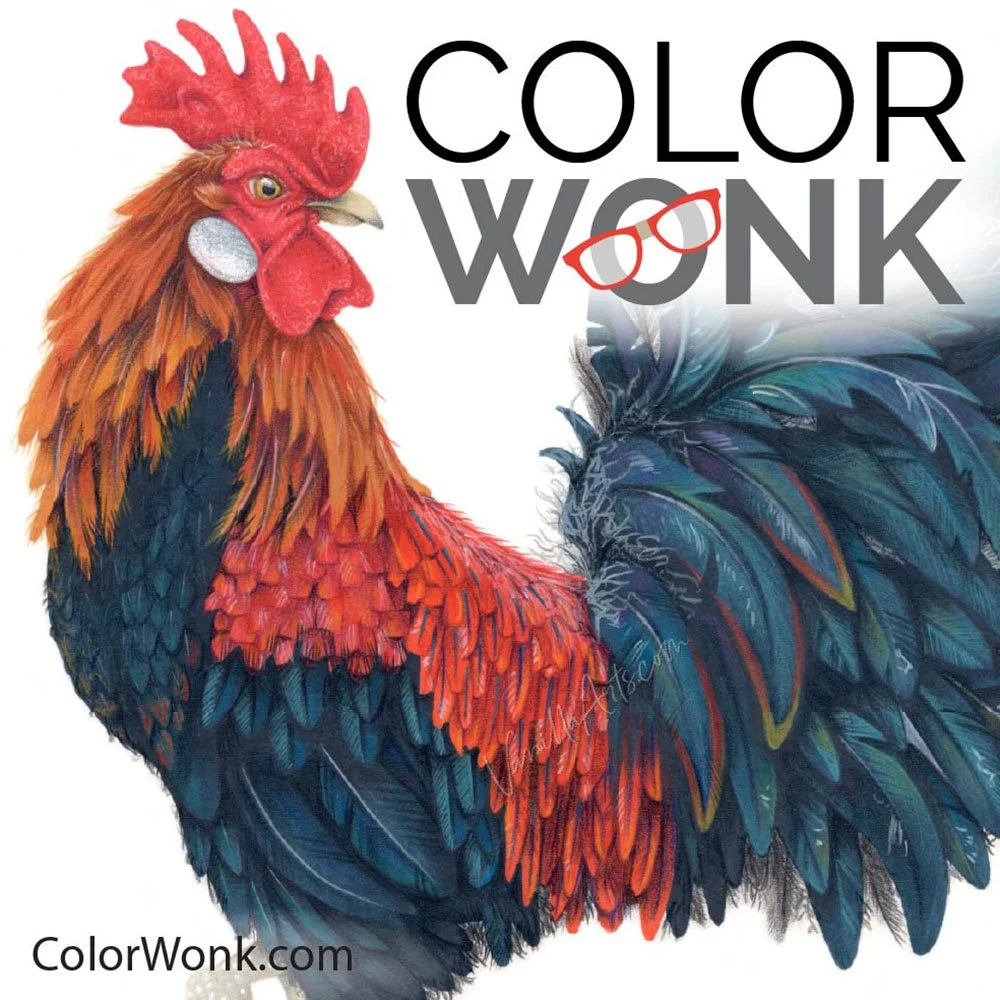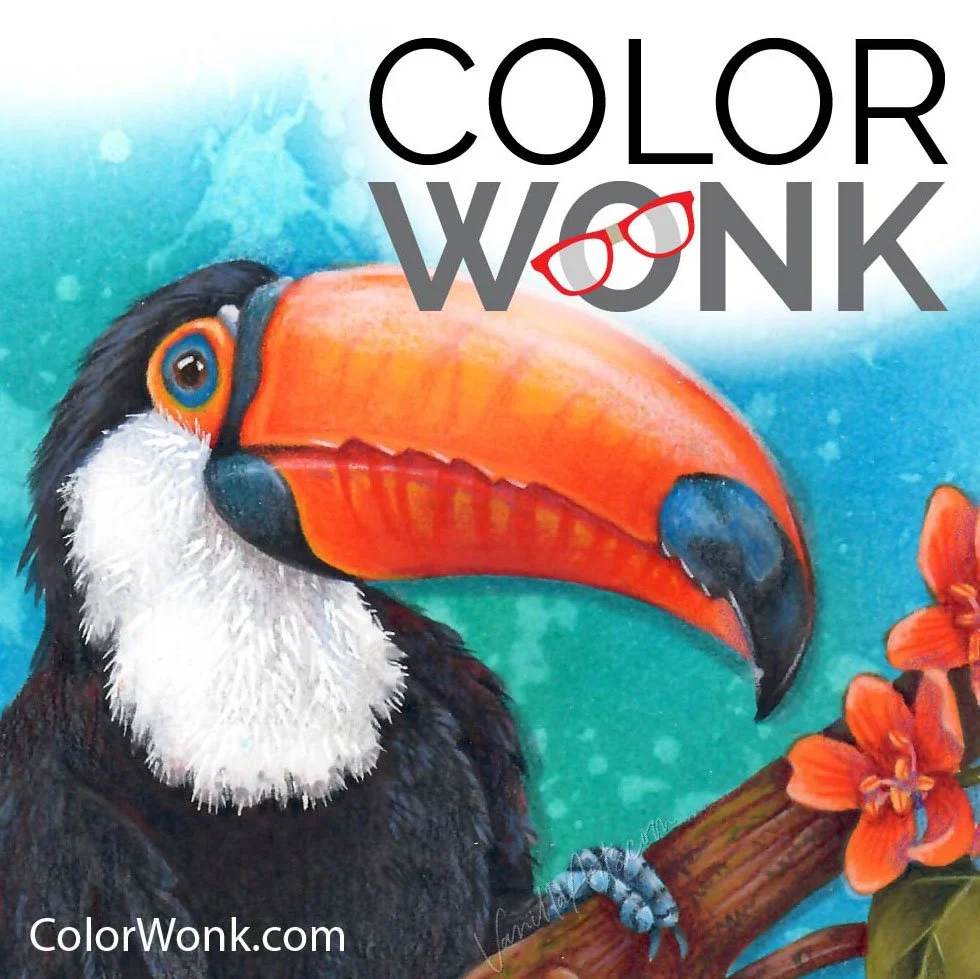Vanilla Beans: The Geneaology of YR24
Thanks for taking the jump to read today’s newsletter. If you landed on this page by accident, subscribe to the Vanilla Beans Newsletter here.
This newsletter was pre-written.
I’m on vacation and desperately trying to stay offline until September 2nd. Even when I’m back, I’ll be nose deep in another big project.
In the meantime, enjoy this new color theory series.
THE GENEAOLOGY OF YR24
I don’t enjoy wine and honestly, it kinda boggles my mind that anyone thinks old Kool-ade tastes good…
But I totally understand how someone can taste notes of sweet cherry, black pepper, potato peel and shoe insole— because I do the same with color.
You can do it too; we just need to build up your color sensitivity.
When you understand where a color sits on the color wheel, who its neighbors are, and especially how to mix it yourself, it opens the door to using the color with greater artistic flare.
Today, let’s look at how I’d mix my own version of Copic’s YR24 Pale Sepia—
A color which is neither pale, nor sepia.
I expect this to be slightly controversial but understand that yellow ink looks brown before we dilute it to yellow, so the “primary yellow” ink we’re starting with isn’t actually the color of sunshine, it’s the color of grandpa’s old boots.
And the “warm golden brown” we make isn’t actually brown ink but a superconcentrated yellow.
It takes a lot of solvent to reveal the yellow in yellow ink. Many yellow inks are over 90% solvent.
Which is a clue about why yellow inks cause mottles more than other colors.
Hmmm… chemistry explains a lot, eh?
Let’s talk about mixing deep golden yellow!
The comment section is open below. Let’s hear your thoughts on mixing colors.
Why did I add magenta instead of red? Why did I add violet? Maybe you have a better way to make YR24?
We learn when we talk it through!
IF YOU LIKED TODAY’S ARTICLE, SUPPORT FUTURE FREE LESSONS
VIDEO FEATURING YR24:
What’s the secret to making objects glow?
Oh, that’s simple Amy! I just choose glowing colors!
Except that doesn’t work— and I know you know it’s true because you keep looking for brighter and brighter colors.
Pumpkin Stack shows you the real way to make candles, lanterns, fireflies, and jack o’ lanterns glow— using normal, everyday, average, non glowing marker colors.
The secret isn’t the color, it’s the colors around the color!
Pumpkin Stack is now available at Color Wonk
Along with dozens of instant access classes and study lessons.
Learn to color realistic food texture — not just for food but for everything!
CURRENT PASSWORD: RubberDuckie
SUPPLIES USED IN “PUMPKIN STACK”
Affiliate links help support the free content here in Vanilla Beans


